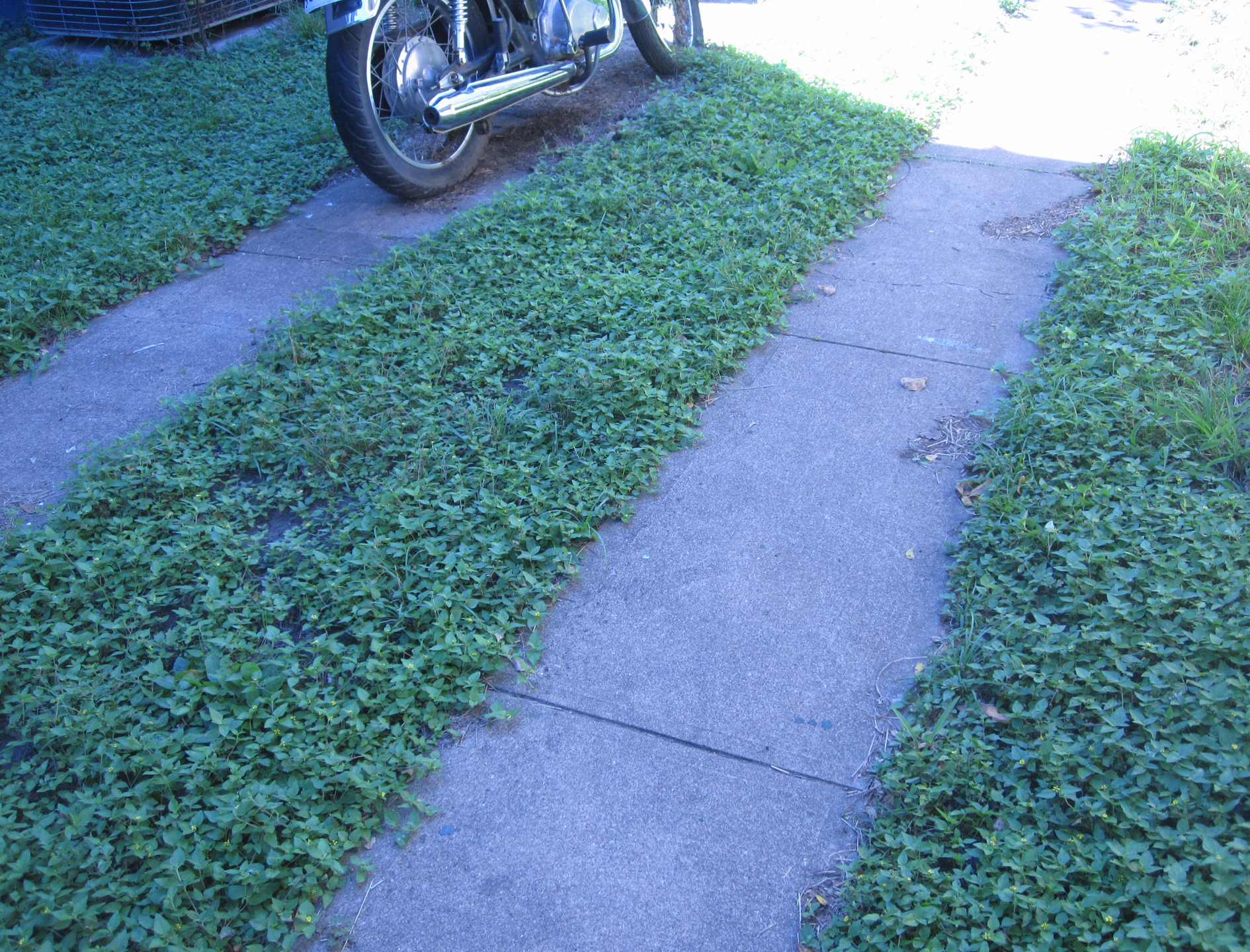GET READY, Y'ALL!

TEXANS!
Replace your water hogging grass lawns with native Straggler Daisy.
Then enter THE ANNUAL STRAGGLER DAISY AWARDS
for a chance to win $300!
Deadline for submission: 1 October
Winner Announced: 1 November
Grand Prize: $300
The Awards are here to promote healthy lawns for a healthy planet. Start now and be ready for next year!
Texas property owners can do their part to stop water waste and fertilizer pollution in our creeks and rivers with a little plant known as the STRAGGLER DAISY.
Instead of using St. Augustine or Bermuda grass, create lawns that need little to no watering, no fertilizer and even no mowing.
Not only are straggler daisies a healthy alternative, they make for beautiful yards! So enter the competition for having the best looking lawn in Texas!
GO NATIVE!
Eligibility: Open to all residents of Texas who are officially responsible for yard care and maintenance of any property in the state.
Submissions to: stragglerdaisy @ gmail.com
Winner of the awards will be determined by a combination of subjective and objective criteria.*
Essentially the best looking lawns that consist of Straggler Daisies in a significant way.

WHY the Straggler Daisy??
NATIVE
The Straggler Daisy (Calyptocarpus vialis) is definitely an Austin native. It just likes to hang out at Barton Springs and soak in some rays and occasionally make an appearance on the Drag. And it's been doing that for about 15 million years. Hard core.
WATER CONSERVATION
Some may dismiss the Daisy as a weed but simply put, it's superior ground cover for all types of yards - large or small, shaded or sunny. A whole lawn of Straggler Daisies is a beautiful sight and it can go the whole year without needing more water than the average annual rain fall. Compared to a lawn of non-native grasses that require an inordinate amount of our water supply to be piped in (22 Billion gallons per year!), it's a substantial difference. The amount of water consumed by the popular St. Augustine grass planted by many a sillyhead is, well, insane and the reason over a third of our drinking water is dumped onto our front yards. (Yes, people of the future - who are reading this in a hundred years - we used to dump drinking water onto our front yards)
THE STRAGGLER DAISY ABIDES
Plus, if not watered superfluously, there's no need to mow it. Add extra water and you'll get more Daisy than you need. Let Mother Nature handle the watering and the Straggler Daisy abides and virtually mows itself - twice a year. And that is all that is necessary. It's a slow growing plant. When there's just too much heat, it knows how to keep cool and lay low (under 5 inches). And again in a freeze, it will just chill out. Copacetic.
WILD FLOWERS
Still don't want Straggler Daisies for your front lawn? It'd be a lot cooler if you did. That's because there's a bonus to not mowing a lawn: wild flowers. They get to grow, naturally. Like Violet Wild Petunias, Poppies, even Mealy Sage?, Bluebonnets? Who knows what kind of bud you'll get!
Where can you score some Daisy? Ask your local nursery. Or you probably already have some in your yard somewhere. Stop pulling it like a weed and stop watering the non-native junk.
Make the change! Save the planet! Every waterfall starts with one drop of water (that ideally isn't contaminated by Monsanto products.)
MAINTENANCE
Since the Daisies are so hardy they really don't need much. It's more of a matter of getting rid of OTHER stuff. Primarily these three:
1) St. Augustine and other non-native grasses - Reduce water and mow before they can seed and they eventually will die out.
2) Beggar's Lice - Non-native. Pretty little white flowers that turn into evil burs. Easy to pull from the ground.fortunately.
3) Prickly Fanpetals - A little harder to pull from the ground and can be mistaken for Straggler Daisy at first but eventually will turn into tall unsightly weeds.
________________________________________________________
(*The lawns in the competition do not necessarily need to consist of 100% Straggler Daisies but in the spirit of Awards,
the idea is to take advantage of the Daisies' humble nature and hardiness to create lawns that require zero watering, mowing, and fertilizing.
Lawns that show the least amount of such resource and energy dependency while maintaining a strong aesthetic character will be given the highest consideration.)



